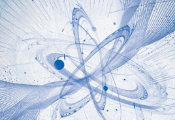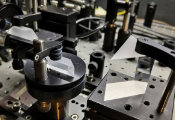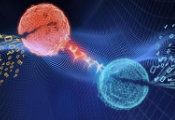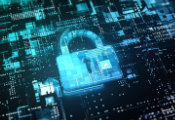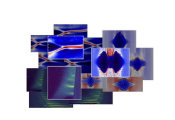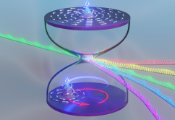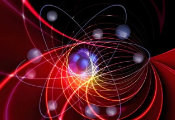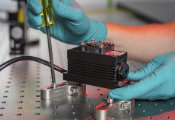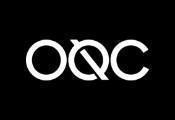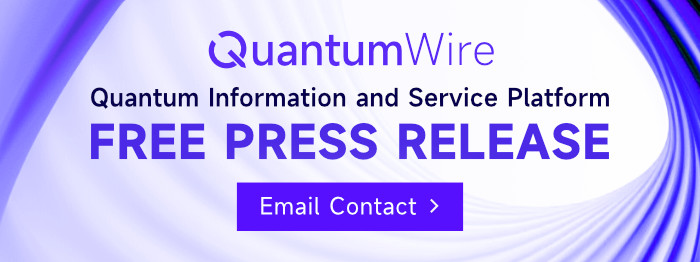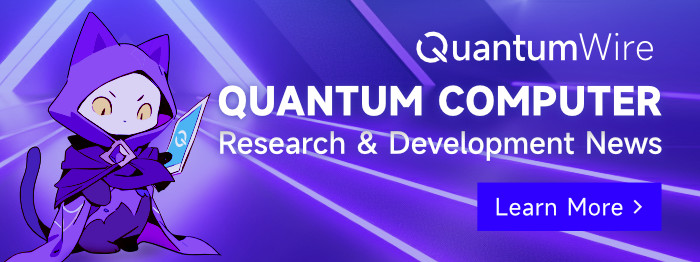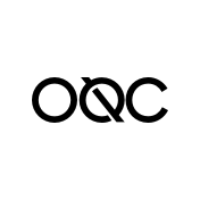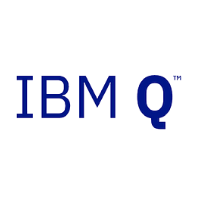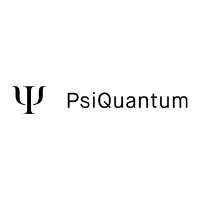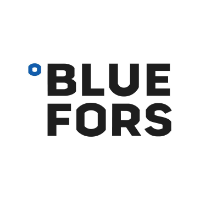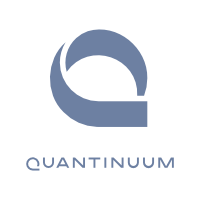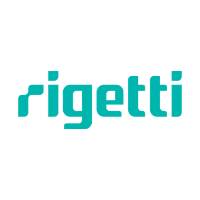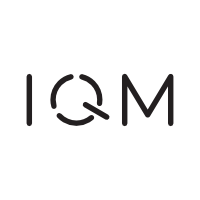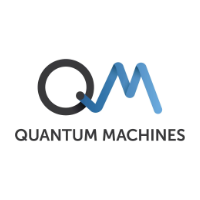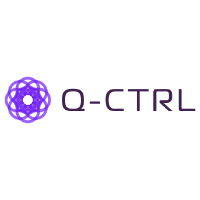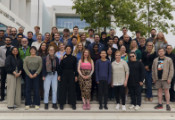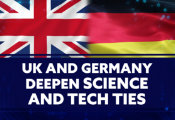Device-Independent Quantum Cryptography: Overcoming Detector Inefficiencies
July 15, 2025 - As digital threats continue to evolve the security of our communications has never been more urgent. One of the most promising solutions lies in Device-Independent (DI) quantum cryptography, a powerful approach that can guarantee security without needing to trust the devices themselves.
In an era marked by rapid advancements in artificial intelligence and surveillance, securing our digital communications has never been more critical. The strongest form of security known today is Device-Independent (DI) quantum cryptography, which guarantees secure communication without requiring any trust in the devices being used. However, bringing this technology to commercial viability faces a significant hurdle: the inevitable presence of “losses” due to imperfect detectors in quantum communication systems.
A recent publication from Politechnika Gdańska and Uniwersytet Gdański in collaboration with QSNP partners from Politècnico di Bari, offers a step forward in overcoming this challenge. The core problem addressed by this research was to identify which quantum strategies offer the maximum effective violation of a Bell inequality in the presence of these unavoidable losses. A Bell inequality is a mathematical expression used to gauge nonlocality, a phenomenon where correlations born from measurements on entangled quantum systems cannot be explained by classical physics. For DI quantum cryptography, violating a Bell inequality can be not sufficient, a high degree of nonlocality is required for efficacy.
The “detection loophole” caused by imperfect detectors, has been an obstacle to achieving strong, long-range loophole-free nonlocal correlations. To tackle this, the researchers formally posed and answered the question of optimal quantum strategies for DI cryptography with inefficient detectors. Their key insight was realizing that the quantum strategy achieving maximum loophole-free nonlocality for a given Bell inequality is precisely the strategy that maximally violates a corresponding “tilted” version of that inequality under ideal conditions.
This approach accounts for “no-click” events by locally assigning a valid outcome, which has been shown to be an optimal method in the simplest Bell scenario. For the widely studied Clauser-Horne-Shimony-Holt (CHSH) inequality this meant finding strategies that maximally violate a “doubly-tilted” CHSH inequality. The research analytically retrieved the so-called “Eberhard” strategies, providing a complete resolution to a long-standing open problem. These strategies achieve the maximum effective violation of the CHSH inequality for any given detection-efficiency value.
A remarkable aspect of this discovery is that these strategies are unique up to local isometries, meaning they “self-test” the optimal quantum state and measurements used. This analytical derivation for the entire family of doubly-tilted CHSH inequalities was achieved using a novel proof technique based on Jordan’s lemma and Gröbner basis elimination, a method that proved far more tractable than previous approaches like sum-of-squares (SOS) decompositions for the general case of two inefficient detectors. For instance, while the SOS method worked when only one detector was imperfect, it became analytically intractable when both were. The optimal strategies involve partially entangled two-qubit states and non-maximally incompatible observables for both parties, with each party’s optimal observables depending on the detection efficiency of the other.
Beyond the analytical solution, the research delivered a surprising finding about one of the field’s main tools: the Navascués–Pironio–Acín (NPA) hierarchy. The NPA hierarchy is a widely used method for bounding the set of quantum correlations. The study found that even very high NPA levels still fall short of saturating the maximal quantum violation in the simplest CHSH scenario. This issue becomes particularly relevant as detection efficiencies approach critical limits. This reveals a significant failure of what was considered the most reliable and broadly applicable tool for characterizing quantum correlations. It raises questions, including whether the set of quantum correlations is semidefinite-representable and highlights the lack of dependable means to probe nature’s correlation set in larger Bell scenarios. The increased complexity for the NPA hierarchy appears linked to the intricate dependency of the optimal partially incompatible measurements on the tilting parameters.
This work is a crucial step toward near-term, commercial, long-distance, noise-robust, loss-tolerant, high-yield Device-Independent quantum-cryptographic solutions. The applied results directly inform Bell experiments with imperfect detectors, offering an algebraic characterization of the quantum-correlation set and allowing arbitrary-precision bounds. On the foundational side, it presents the new challenge of finding a reliable alternative tool to characterize the limits of nature’s correlations effectively.
The next major step is the experimental realization of metropolitan-scale DI quantum cryptography via routed Bell experiments and tilted quantum strategies. By making DI quantum cryptography commonplace, this research helps to safeguard communication privacy against increasingly sophisticated adversaries, including those equipped with state-of-the-art AI.

